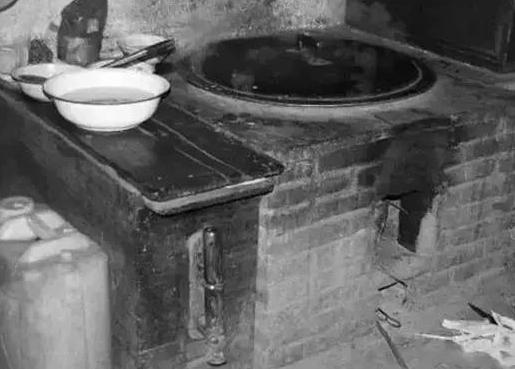- 150m Southwards, West DingWei Road, Nanlou Village, Changan Town, GaoCheng Area, Shijiazhuang, HeBei, China
- monica@foundryasia.com
Aug . 18, 2024 06:25 Back to list
Care Tips for Your Cast Iron Ribbed Skillet for Long-lasting Use
Caring for Your Cast Iron Ribbed Skillet Ensuring Longevity and Optimal Performance
Cast iron ribbed skillets are a staple in kitchens worldwide, celebrated for their durability, heat retention, and ability to impart a unique flavor to food. They are particularly renowned for creating beautifully seared meats and perfectly cooked vegetables. However, to fully enjoy the benefits of this culinary tool, proper care and maintenance are crucial. This article delves into the essential practices for ensuring the longevity and optimal performance of your cast iron ribbed skillet.
1. Seasoning Your Skillet
One of the most critical steps in caring for a cast iron skillet is seasoning. Seasoning is the process of applying a layer of oil to the skillet and then heating it to create a natural, non-stick surface. This not only enhances the cooking performance but also protects the skillet from rust and corrosion.
To season your ribbed skillet, start by washing it with warm, soapy water to remove any factory coatings or residues. Then, thoroughly dry the skillet with a lint-free cloth. Next, apply a thin layer of vegetable oil or flaxseed oil across the entire surface, including the ribs. Finally, place the skillet upside down in an oven preheated to 375°F (190°C) for one hour. This process allows the oil to bond with the cast iron, creating a resilient surface. Repeat this process periodically, especially after heavy use, to maintain the skillet's effectiveness.
2. Cooking Techniques
When using a cast iron ribbed skillet, adopting the right cooking techniques can significantly enhance its performance. Preheating the skillet is essential for achieving the desired sear on meats and vegetables. Allow it to heat gradually over low to medium heat before adding oil. Avoid high flames, as excessive heat can damage the seasoning and warp the skillet.
Additionally, be mindful of the types of foods you cook. Acidic ingredients like tomatoes can strip away the seasoning if cooked for prolonged periods. It’s best to use these ingredients sparingly or enjoy them at the end of the cooking process.
cast iron ribbed skillet service

3. Cleaning Your Skillet
Cleaning a cast iron skillet requires a gentle touch to preserve its seasoned surface. After cooking, allow the skillet to cool down slightly—never immerse a hot skillet in cold water to avoid cracking. Use a soft sponge or cloth to scrub away food residues; avoid using harsh detergents or scouring pads. For stubborn bits, a paste of salt and water can act as a gentle abrasive.
If soaking is necessary, ensure it’s for a brief period, and dry the skillet thoroughly afterward. To prevent rust, it’s advisable to apply a thin layer of oil before storing the skillet.
4. Storing Your Skillet
Proper storage is another vital aspect of preserving your cast iron ribbed skillet. Always store it in a dry location with good ventilation. If stacking pots and pans, place a paper towel between them to prevent scratches and moisture buildup. Regularly inspect the skillet for any signs of rust or wear and address these issues promptly to maintain its integrity.
Conclusion
A cast iron ribbed skillet is a kitchen investment that, with proper care and attention, can last for generations. By seasoning your skillet, using appropriate cooking techniques, practicing gentle cleaning, and ensuring correct storage, you can enhance its performance and enjoy the flavorful results for years to come. Embrace the joys of cast iron cooking and relish the satisfaction that comes from using a well-maintained skillet that continues to improve with each culinary adventure.
-
Achieve Perfect Searing: Best Cast Iron Skillet for Outdoor Grill
NewsAug.24,2025
-
Best Cast Iron Skillet for Outdoor Grill: Grill, Sear & Bake
NewsAug.23,2025
-
Premium Casserole Iron Cast Pot: Durable & Versatile Cookware
NewsAug.22,2025
-
Best Cast Iron Skillet for Outdoor Grill & Indoor Versatility
NewsAug.21,2025
-
Lightweight Nonstick Cast Iron Enamel Skillet | Versatile
NewsAug.19,2025
-
Best Cast Iron Skillet for Outdoor Grills - Versatile Cookware
NewsAug.18,2025